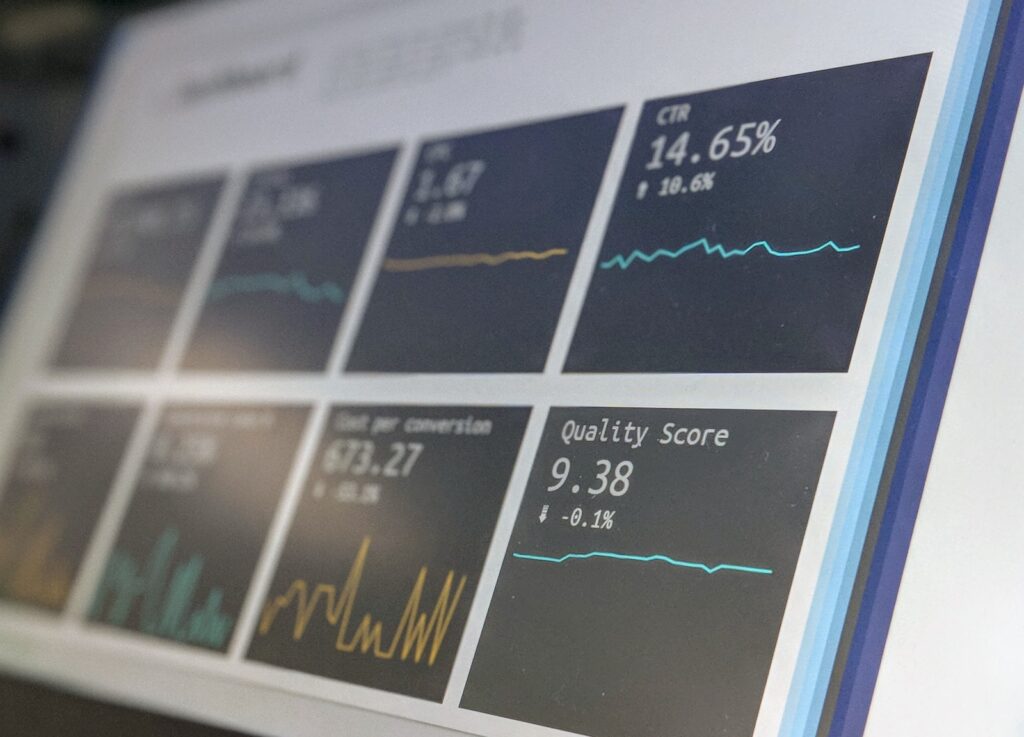Quick Tips and Tricks for Improving Your Credit Analysis with Checklists
Imagine a world where your credit analysis process is so streamlined and efficient that it revolutionizes your real estate transactions. With the power of checklists, this dream can become a reality! Whether you’re a lender, borrower, or a passionate professional in the world of real estate, credit analysis checklists hold the key to success.
In this comprehensive guide, we will reveal insider tips and tricks that will supercharge your credit analysis, making it more effective than ever before. So, buckle up and get ready to start an exciting journey that will transform your real estate transactions and elevate your expertise to new heights.
The Importance of Credit Analysis in Real Estate Transactions
Before diving into the tips and tricks, it is essential to understand the importance of credit analysis in real estate transactions. A well-executed credit analysis helps lenders determine the creditworthiness of potential borrowers and assess the risks associated with extending credit.
For borrowers, a thorough credit analysis can ensure that they secure the most favorable loan terms and avoid potential financial pitfalls. In essence, a solid credit analysis is the foundation of any successful real estate transaction.
Checklists: An Essential Tool for Streamlined Credit Analysis
Checklists serve as a powerful tool for simplifying complex processes and ensuring that no crucial steps are overlooked. They promote consistency, organization, and efficiency, which are critical elements for effective credit analysis.
By incorporating checklists into your credit analysis process, you can significantly improve the accuracy and reliability of your evaluations, leading to more informed decision-making and better outcomes for all parties involved in real estate transactions.
Optimize Your Credit Analysis: Tips and Tricks to Implement Today
Customize checklists to fit your needs:
Tailor your checklists to the specific requirements of your real estate transactions, ensuring they are comprehensive and relevant. Consider factors such as property type, transaction size, and borrower profile when creating your checklists.
Stay organized with digital tools:
Utilize digital platforms and applications to create, store, and share your checklists, enhancing efficiency and collaboration. These tools also enable real-time updates, ensuring that everyone on your team has access to the most current information.
Update your checklists regularly:
As industry standards and regulations evolve, make sure your checklists stay up to date to maintain accuracy and compliance. Schedule periodic reviews to assess the relevance and effectiveness of your checklists.
Automate processes where possible:
Implement automation to streamline repetitive tasks, allowing you to focus on more complex aspects of credit analysis. Automated tools can assist with tasks such as data collection, credit scoring, and risk assessment.
Consult with industry experts:
Seek input from knowledgeable peers to ensure your checklists are comprehensive and adhere to best practices. Collaborating with experts can also provide valuable insights into emerging trends and potential challenges in the real estate market.
Utilize a step-by-step approach:
Break down the credit analysis process into smaller, manageable tasks to ensure thoroughness and accuracy. This methodical approach can help prevent oversights and ensure that all aspects of the credit analysis are covered.
Continuously refine your checklists:
Use feedback and lessons learned from past experiences to improve and optimize your checklists for future transactions. This iterative process can help you identify areas for improvement and enhance the overall effectiveness of your credit analysis.
Train your team on checklist usage:
Ensure that all team members involved in credit analysis understand the importance of checklists and are well-versed in their usage. Regular training sessions and workshops can help reinforce the value of checklists and promote consistent application across your organization.
Monitor and measure checklist effectiveness:
Establish key performance indicators (KPIs) to measure the success of your checklists in improving credit analysis. Regularly evaluate these metrics to identify areas for improvement and ensure that your checklists continue to deliver value to your organization.
Maximizing Benefits: The Value of Credit Analysis Checklists
Implementing credit analysis checklists can lead to numerous advantages for both real estate buyers and lenders. Some key benefits include:
- Improved accuracy and consistency: Checklists help ensure that all necessary steps are followed and no important details are overlooked, leading to more accurate and consistent credit assessments.
- Efficient collaboration: Shared checklists enable clear communication and collaboration among team members, promoting efficiency and reducing errors.
- Enhanced compliance: By including relevant regulations and guidelines in your checklists, you can ensure that your credit analysis adheres to industry standards and avoids potential regulatory pitfalls.
- Streamlined processes: Checklists can help standardize and streamline complex credit analysis processes, reducing the time and effort required to complete thorough assessments.

Empowering Your Credit Analysis: Tools and Resources
There are numerous tools and resources available to help you create and implement effective credit analysis checklists. Some popular options include:
- Project management platforms:
- Tools like Trello, Asana, and Basecamp can help you create, manage, and share digital checklists with your team, facilitating real-time collaboration and updates.
- Spreadsheets and templates:
- Google Sheets and Microsoft Excel offer customizable templates that can be adapted to create personalized credit analysis checklists, allowing for easy adjustments and updates as needed.
- Industry-specific resources:
- Consult professional organizations, regulatory agencies, and industry publications for guidelines and best practices on credit analysis. These resources can provide valuable insights into the latest trends and developments in the real estate market, helping you stay informed and adapt your checklists accordingly.
Putting Credit Analysis Checklists to Work: Real-Life Examples
To better understand the value of credit analysis checklists, let’s explore some real-life examples of how they can be used for maximum effect:
- Loan origination: During the loan origination process, a checklist can help ensure that all necessary documentation, such as credit reports, income statements, and property appraisals, is collected and reviewed thoroughly. This comprehensive approach can help lenders more accurately assess borrower risk and make informed lending decisions.
- Refinancing: For borrowers seeking to refinance their mortgage, a checklist can help guide them through the process, ensuring they provide all required information and adhere to relevant guidelines. This structured approach can result in a smoother refinancing experience and help borrowers secure the best possible loan terms.
- Investment property analysis: When evaluating potential investment properties, a comprehensive checklist can help lenders and borrowers assess factors such as property condition, rental income potential, and market trends to make informed decisions. This systematic approach can increase the likelihood of a successful investment and minimize potential risks.
- Property management: For property managers overseeing a portfolio of real estate assets, checklists can help streamline tasks such as tenant screening, rent collection, and maintenance coordination, promoting efficiency and reducing errors. This organized approach can lead to better property management outcomes and higher tenant satisfaction.
Take Action: Improve Your Credit Analysis with Checklists Today
Now that you’ve learned several tips and tricks for improving credit analysis with checklists, it’s time to put this knowledge into action. To summarize the steps you need to take:
- Customize checklists to fit your specific needs and requirements.
- Utilize digital tools to create, store, and share your checklists for efficient collaboration.
- Stay up to date with industry standards and regulations, updating your checklists as needed.
- Implement automation and a step-by-step approach to streamline your credit analysis process.
- Seek input from industry experts and continuously refine your checklists based on feedback and experience.
- Share your expertise and contribute to industry best practices by offering your own tips and tricks.
By following these guidelines and leveraging the power of checklists, you can significantly enhance your credit analysis process, benefiting all parties involved in real estate transactions. So, don’t wait—start improving your credit analysis with checklists today!
Share Your Expertise: Contribute Your Own Tips and Tricks
We encourage you to share your own experiences and insights on improving credit analysis with checklists. Whether you’re a seasoned expert or just beginning your journey, your input can help shape industry best practices and contribute to a collective knowledge base that benefits all participants in the real estate and lending sectors.
